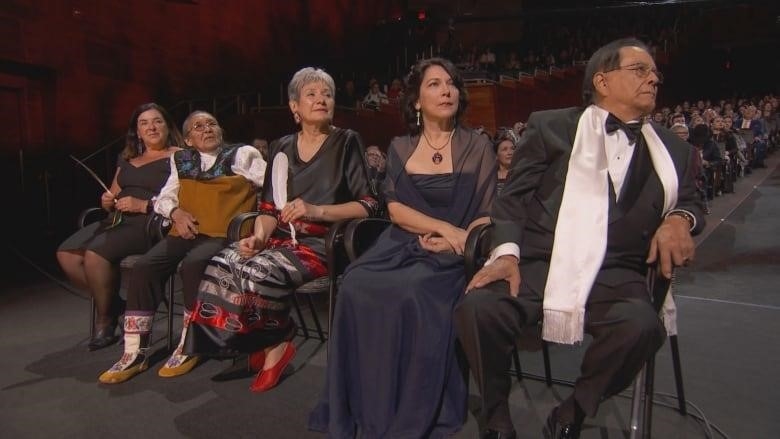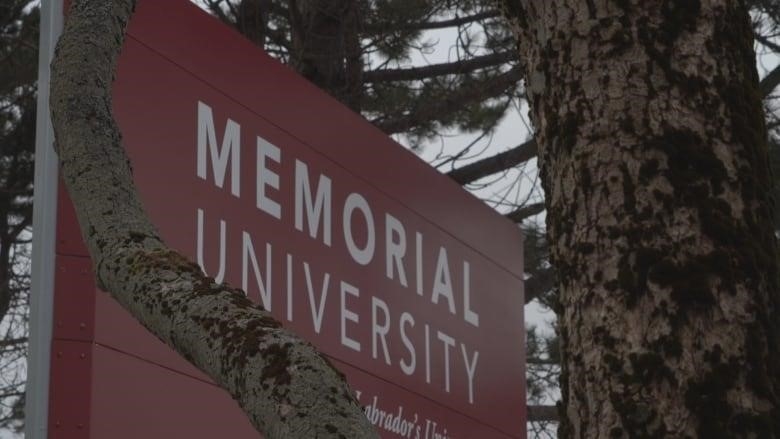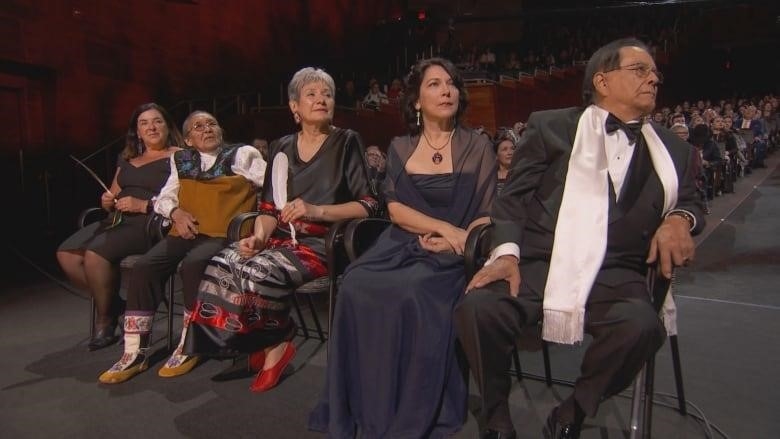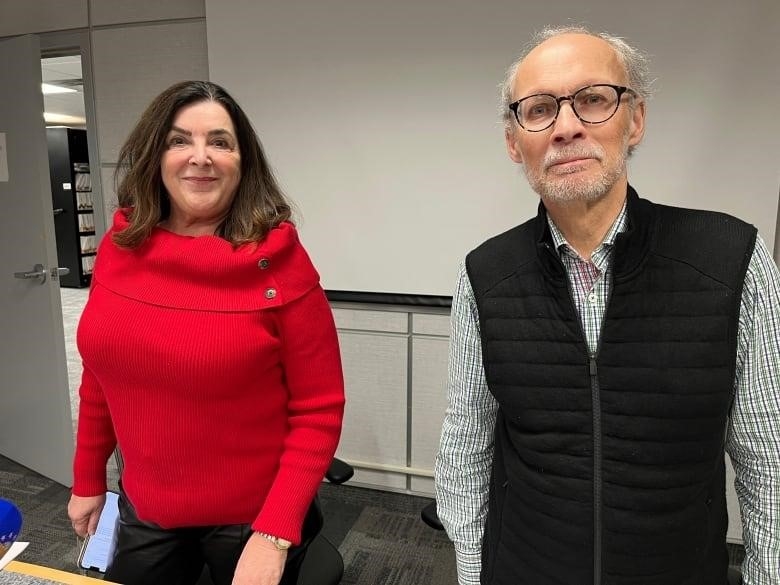
In the MUN Gazette on Thursday afternoon, the Board of Regents made an announcement
Vianne Timmons, the president and vice-chancellor of Memorial University of Newfoundland, has been fired by the university’s governing body.
Timmons announced on March 13 that she was taking a paid six-week leave of absence from the president’s office. This came after a CBC News investigation into her claims about her Indigenous ancestry and past membership in an unrecognized Mi’kmaw First Nation group brought her into the public eye.
Glenn Barnes, chair of the board of regents, told the MUN Gazette on Thursday afternoon that Timmons is leaving as of Thursday.
“According to the terms of her contract, Dr. Timmons’ job is ending without a reason.
“The board is grateful for what Dr. Timmons has done for Memorial University during her time there, especially her work to move the university’s strategic priorities forward. We wish her the best in everything she does in the future.”
Neil Bose, who used to be academic vice-president, has been named president and vice-chancellor for two years or until a new president is found.
Barnes said that a search for a new president will be done “in due course.”

In a statement released the next morning, MUN’s board of regents said it would bring together Indigenous leaders to talk about the president’s actions, which are raising more and more questions.
“At first, we thought that President Timmons did not claim Indigenous identity, but we have heard from the community that this is not the case,” Barnes said in the statement.
“We have received important questions about the president’s actions, and we believe we have a responsibility to Indigenous people and a fiduciary duty as a board to look into these questions further.”
After asking for time and space, the Office of Indigenous Affairs at Memorial University has been quiet for the last few weeks.
As of Thursday, the university didn’t know anything new about who would be on the promised roundtable, what it would cover, or when it would happen.
Identity versus ancestr
In response, the Innu Nation put out a press release Thursday afternoon saying that Timmons’s removal “closes the door on the issues surrounding Dr. Timmons herself, but larger policy issues about research funding, diversity, equity, and participation of Indigenous peoples at MUN still need to be addressed.”
“This includes the need for a way to deal with the growing problem of people and groups who wrongly say they are Indigenous. It is clear that MUN can no longer sit on the sidelines on this issue and must, like other academic institutions in Canada, take proactive steps to address this problem.”
Timmons told CBC News in an interview on February 28 and has said again in the weeks since that she thinks she has always made it clear that she is not an Indigenous person, even though she has Mi’kmaw ancestry. She said that she talked about her family history in public to honor her father’s wishes.
But for at least seven years, many professional biographies of Timmons said that she was from the Bras d’Or Mi’kmaq First Nation in Cape Breton. It was on her CV, which was available to the public, for at least five years.
The Union of Nova Scotia Mi’kmaq or the federal government do not recognize the group, but they say they will try to get status.
Timmons told CBC News that she was a member for about a year, from 2008 to 2009.
Even in 2018, when a biography was written about the independent advisory board for Senate appointments, the membership line was still there. When she went back to work on the board, which reports to the prime minister, in 2021, the line was gone.
It was also not on the 2019 version of her resume.

A member of the Bras d’Or group told CBC News that Timmons’s file showed that he was a liar.She was a member between 2011 and 2013, and that they don’t think of her as a member of their group.
Timmons accepted an Indspire award in 2019, which, according to the organization’s website, is “the highest honor the Indigenous community gives to its own people.”
Timmons said that she was given the education award in part for the work she did to help keep First Nations University open when funding was cut. She said that she took the award because she wanted to honor her ancestors.
Timmons has said in interviews and public appearances in the past that her great-great or even great-great-great grandmother was Mi’kmaw. But CBC research, which was looked over by genealogist Stephen White, showed that her Mi’kmaw relative was actually ten generations removed. After the interview, Timmons didn’t give any more information. She said that she was relying on her father’s work on the family tree.
In her March 13 statement, Timmons said she was sorry if there was any confusion about who she was.
Timmons wrote, “Even though I’ve said I’m not Mi’kmaw and don’t claim an Indigenous identity, questions about my motives in identifying my Indigenous ancestry and whether I’ve gained anything from sharing what I know about my family’s history have started important conversations on and off our campus.”
“I’ve been thinking about the feedback from the Indigenous community, and I’m very sorry if telling my story hurt or confused anyone. That was never my goal, and I’m very sorry to everyone I’ve hurt.”
Came to MUN during pandemi
Timmons replaced Gary KachanoskiOn March 31, 2020, after being in charge of the University of Regina for 11 years.
Documents given to MUN student Matt Barter showed that the university spent almost $150,000 looking for a new president from the outside. Most of this money went to “professional services” from a headhunting firm and advertising.
Timmons’s five-year $450,000 was the base pay in the contract.A housing allowance of $18,000 per year and $1,000 per month to pay for a car. It also said she would get a $25,000 research grant every year, free travel, and a lot more.

That’s about how much Kachanoski made, but it was more than her base salary at the University of Regina, which was $337,000.
